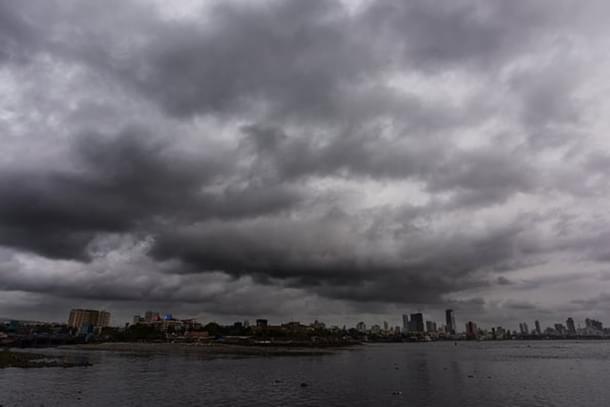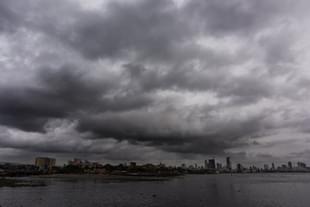News Brief
Dubai Battered With Highest Rainfall In Decades, Leads To Flight Cancellations: Here's What May Have Caused It
Bhuvan Krishna
Apr 17, 2024, 03:00 PM | Updated 03:00 PM IST
Save & read from anywhere!
Bookmark stories for easy access on any device or the Swarajya app.


Dubai, the financial hub of the Middle East, has been severely affected by heavy rain and storms, leading to widespread flooding across the city.
The unprecedented rainfall has caused significant disruptions, with flights delayed or diverted and cars stranded on flooded roads, as per a report by NDTV. Over 500 flights, both inbound and outbound, have been diverted or cancelled, with more rain and storms forecasted for the day.
Major shopping centres such as Dubai Mall and Mall of the Emirates have experienced flooding, and water levels have reached ankle-deep at metro stations.
The impact of the storm has extended beyond Dubai, affecting the entire United Arab Emirates (UAE) and neighbouring Bahrain. Schools have been closed, and further storms, including hail, are expected, leading authorities to extend remote working arrangements for government employees.
The country has experienced its highest rainfall since records began in 1949, before the formation of the UAE in 1971. The UAE's weather office has advised residents to take precautions and avoid areas prone to flooding.
Both Oman and the UAE have previously warned about the impacts of global warming, indicating that such extreme weather events are likely to become more frequent in the future.
In the UAE, where annual rainfall averages less than 200 millimeters, the high temperatures, reaching up to 50 degrees Celsius in summer, puts immense pressure on the country's water resources management capacity with its major reliance being on desalination, a process by which the dissolved mineral salts in sea water are removed making it fit for human consumption and other uses.
To address this challenge, the UAE has pioneered innovative solutions, such as cloud seeding, a form of weather modification aimed at increasing rainfall. Cloud seeding involves introducing "seeding agents" into clouds to stimulate the condensation process and encourage rainfall.
The process begins with weather forecasters at the National Center of Meteorology (NCM) monitoring atmospheric conditions and identifying suitable clouds for seeding based on precipitation patterns.
The UAE began testing cloud seeding in 1982 and has since strengthened its artificial rain programme through collaborative research with institutions like the National Center for Atmospheric Research (NCAR) in the US, Witwatersrand University in South Africa, and NASA.
When suitable clouds are identified, specialised aircraft equipped with hygroscopic flares are deployed. These flares, containing salt material components, are released into the target clouds, serving as nuclei around which water droplets condense and eventually precipitate as rain.
Despite its potential benefits, cloud seeding has raised environmental concerns, particularly regarding the safety and sustainability of the seeding agents.
While cloud seeding offers a potential solution to water scarcity, some caution against "playing with nature", suggesting that extreme weather events like storms and heavy rainfall are nature's way of balancing itself, and interfering with these processes could have unintended consequences.
Bhuvan Krishna is Staff Writer at Swarajya.





